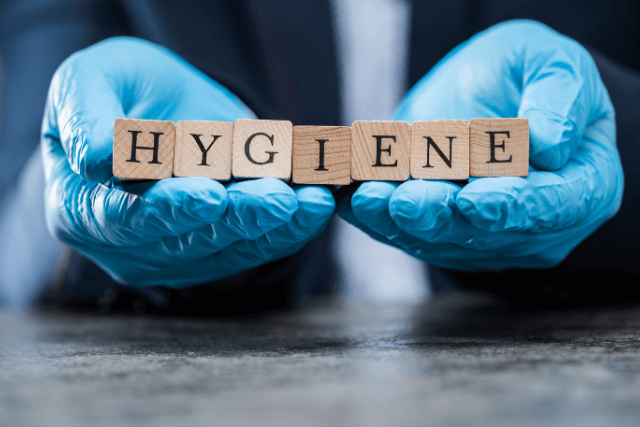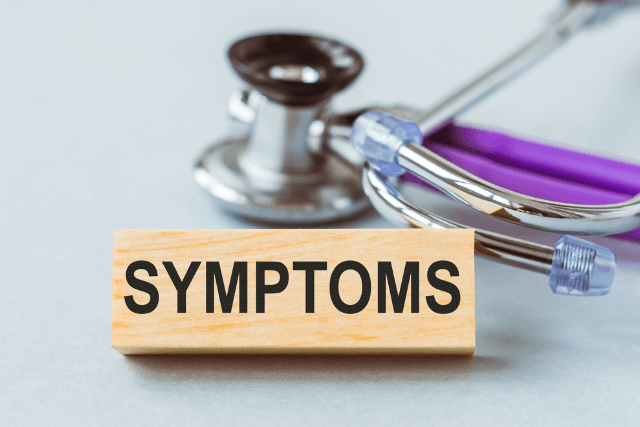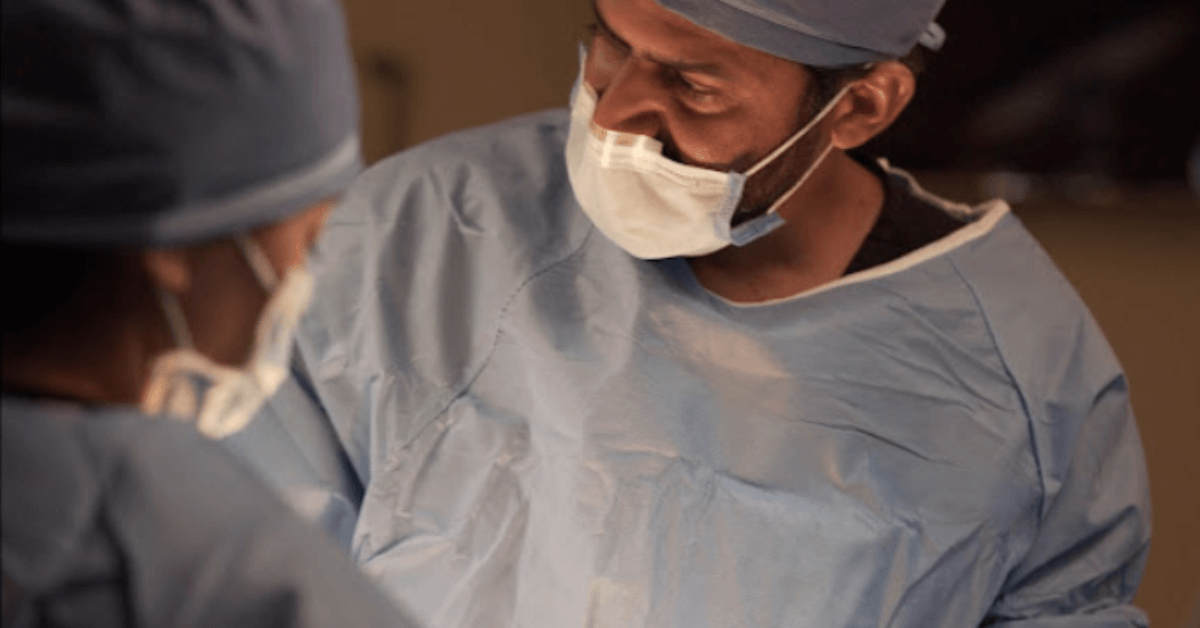Pilonidal cysts are an often painful condition that occurs near the tailbone, typically at the top of the crease of the buttocks. While these cysts are common, many people don’t fully understand what triggers a pilonidal cyst or what causes it to develop. In this blog, we’ll explore the various factors that can trigger a pilonidal cyst, its causes, and what you can do to reduce your risk of developing one. Whether you’re dealing with this condition or simply want to learn more about it, this article will provide the essential information to help you better manage or prevent pilonidal cysts.
What is a Pilonidal Cyst?
Before diving into the specifics of what can trigger a pilonidal cyst, let’s first clarify what it is. A pilonidal cyst is a small, fluid-filled sac that forms in the skin, often containing hair, debris, and skin cells. It typically develops near the tailbone at the top of the buttocks’ crease. While most pilonidal cysts are not dangerous, they can cause discomfort, pain, and irritation, particularly if the cyst becomes infected.
When the cyst becomes infected, it can lead to the formation of an abscess, which is a swollen, painful mass filled with pus. Pilonidal cysts can be treated with antibiotics, drainage, or, in some cases, surgery. However, understanding the factors that can trigger a pilonidal cyst is crucial for both prevention and effective treatment.
What Can Trigger a Pilonidal Cyst?
Several factors can trigger a pilonidal cyst, and knowing these factors can help you take preventive measures to avoid developing one. Let’s take a closer look at the primary triggers:
1. Prolonged Sitting or Pressure on the Tailbone
One of the most significant triggers for pilonidal cysts is prolonged sitting or constant pressure on the tailbone area. People who spend long hours sitting, such as office workers or truck drivers, are at a higher risk of developing pilonidal cysts. The constant pressure on the skin around the tailbone can damage hair follicles and lead to the formation of a cyst.
The pressure can cause hair and skin debris to become trapped in the follicles, eventually forming a cyst. Over time, this can lead to infection, which exacerbates the condition and causes pain and discomfort.
To reduce this risk, it’s essential to stand up regularly and move around if you spend long periods sitting. Taking short breaks every hour can relieve pressure from the tailbone area, reducing your chances of triggering a pilonidal cyst.
2. Excessive Hair Growth
Excessive hair growth in the area near the tailbone can also trigger the formation of pilonidal cysts. The hair follicles can become clogged with hair, skin cells, and debris, leading to the development of a cyst. When the hair grows inward or becomes trapped under the skin, it can create the perfect environment for cysts to form.
Men are more likely to develop pilonidal cysts due to higher levels of body hair. However, women can also experience this condition if they have excessive hair growth in the tailbone region. Grooming and regular hair removal in this area can help reduce the risk of cyst formation.
3. Poor Hygiene or Inadequate Cleaning
Poor hygiene can be a major contributing factor in the development of pilonidal cysts. Failure to properly clean the area around the tailbone can cause skin debris, sweat, and bacteria to accumulate in the hair follicles, triggering the formation of a cyst. When the skin becomes infected, the cyst can become inflamed and painful.
Maintaining good hygiene by showering regularly and keeping the area around the tailbone clean and dry can help prevent pilonidal cysts. It’s important to gently cleanse the area and ensure that sweat and debris do not build up, which could trigger cyst formation.
4. Trauma or Injury to the Area
Trauma or injury to the tailbone region is another significant factor that can trigger a pilonidal cyst. Accidents, falls, or even excessive friction from activities like cycling or sitting on hard surfaces can damage the skin and hair follicles, increasing the risk of cyst formation.
Injuries to the area can cause hair follicles to become irritated or inflamed, potentially leading to a pilonidal cyst. It’s important to protect the tailbone area during physical activities to avoid unnecessary trauma.
5. Obesity and High Weight
Obesity and high weight can contribute to the development of pilonidal cysts. People who have higher weight may have increased pressure on the tailbone, especially when sitting for long periods. Additionally, excess skin folds in the buttock area can trap sweat, debris, and hair, leading to cyst formation.
Maintaining a healthy weight through diet and regular exercise can reduce the risk of pilonidal cysts. If you’re struggling with obesity, losing weight can help alleviate pressure on the tailbone and prevent cyst formation.
6. Family History or Genetic Predisposition
While environmental factors and lifestyle habits play a significant role in the development of pilonidal cysts, genetics can also contribute to their formation. If you have a family history of pilonidal cysts, you may be at a higher risk of developing one yourself. This suggests that some individuals may be genetically predisposed to the condition, potentially due to factors like hair growth patterns or skin characteristics.
Though you can’t control your genetic predisposition, understanding that your family history may increase your risk of developing pilonidal cysts can help you take preventive measures early on.
7. Hormonal Changes
Hormonal changes can also trigger a pilonidal cyst, particularly during puberty. These fluctuations can lead to an increase in hair growth, especially in the tailbone region, which can contribute to cyst formation. Additionally, hormones can influence the production of sweat and skin oils, potentially causing clogged pores and follicles.
Women may experience a higher risk of pilonidal cysts during periods of hormonal changes, such as pregnancy or menopause. However, cysts can develop at any age when the right conditions are present.

How to Prevent Pilonidal Cysts
Now that you understand what can trigger a pilonidal cyst, it’s important to take proactive steps to prevent its development. Here are some effective prevention strategies:
1. Maintain Proper Hygiene
Good hygiene is essential in preventing pilonidal cysts. Make sure to cleanse the area around your tailbone thoroughly to remove any sweat, hair, or skin debris. Use a mild soap and warm water to gently wash the area, ensuring it stays clean and dry.
2. Avoid Prolonged Sitting
If you have a sedentary lifestyle or job, it’s important to take regular breaks. Stand up, stretch, and walk around every hour to relieve pressure from your tailbone. This simple action can significantly reduce your risk of developing pilonidal cysts.
3. Manage Excess Hair Growth
If you have excessive hair growth around your tailbone, consider grooming the area to prevent hair follicles from becoming clogged. Hair removal methods such as shaving, waxing, or laser treatments can help reduce the risk of pilonidal cyst formation.
4. Wear Loose-Fitting Clothing
Tight clothing can cause friction and pressure around the tailbone area, increasing the risk of pilonidal cysts. Opt for loose-fitting clothes that allow your skin to breathe and reduce irritation.
5. Maintain a Healthy Weight
Maintaining a healthy weight can help reduce pressure on your tailbone and decrease the likelihood of developing a pilonidal cyst. Regular exercise and a balanced diet are key to achieving and maintaining a healthy weight.
When to See a Doctor For Pilonidal Cysts
If you suspect that you have a pilonidal cyst, it’s important to seek medical attention, especially if you experience symptoms such as:
- Increased pain or swelling around the tailbone
- Redness or warmth in the affected area
- Drainage of pus or blood
- Persistent or recurring cysts
A healthcare provider can assess your condition and recommend the appropriate treatment options, such as antibiotics, drainage, or surgical removal.
Conclusion
In conclusion, pilonidal cysts are often caused by factors such as prolonged sitting, excessive hair growth, poor hygiene, trauma to the tailbone, obesity, and genetic predisposition. By understanding what can trigger a pilonidal cyst, you can take the necessary steps to prevent its development. Maintaining good hygiene, managing excess hair, avoiding prolonged sitting, and maintaining a healthy weight are all effective strategies for reducing the risk of pilonidal cysts.
Early treatment can prevent complications and improve your quality of life. Stay proactive, and take care of your health by addressing potential risk factors before they become problematic.
Key Takeaways:
- Pilonidal cysts are caused by factors like prolonged sitting, hair growth, poor hygiene, and obesity.
- Preventive measures, including good hygiene and regular breaks, can help reduce the risk.
- Seek medical advice if you notice symptoms of a pilonidal cyst to ensure effective treatment.



